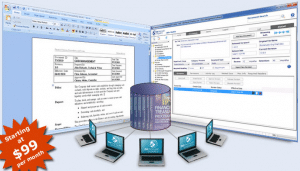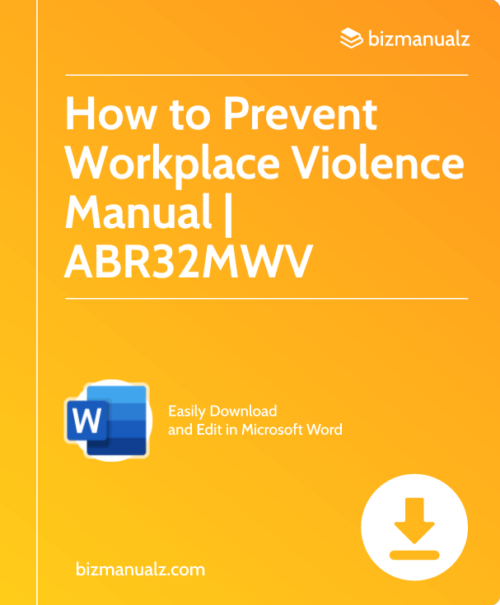What is the Policy Review Process?

Development of policies and procedures usually begins at the unit level, by employees who carry out the policy or take part in the process or by their managers. Once a draft copy of the policy or procedure is developed, the document workflow begins to the policy review process.
The Policy Review Process
- The documented policy/procedure is reviewed, typically by someone in middle or upper management;
- The document is revised, if necessary;
- After the document is adequately reviewed, it is given final approval; and
- It is released (internally and/or externally) as a corporate policy statement or procedure.
Who is Responsible for Policy Approval?
The approval process generally consists of a review for (a) consistency and accuracy, (b) agreement/conflict with existing corporate policy or other statements, and (c) general readability, or usability.
The policy and procedure review-and-approval process may vary from company to company but it is recommended you keep procedure approvals to a minimum. That is, you need to avoid “paralysis by analysis”, or the “perfection trap”.
If too many people are required to authorize a document, policy/procedure development becomes a bureaucratic nightmare, considerably slowing — if not preventing — the release of policies and procedures and adding little to no value to the final version.
Streamline the Process
One way to gain others’ input while streamlining the process — keeping authority at the functional or departmental level — is to release draft copies of proposed procedures to a select number of individuals for comment. Make clear to these individuals that it’s important for them to confine their suggestions to what’s essential to the document’s accuracy, readability, and usefulness.
Who these “select individuals” are depends primarily on the nature, or content, of the document. Sensitive issues — for example, corporate exposure issues having to do with personnel, intellectual property, or trade secrets — should be reviewed by top management, including the company’s president or chief executive. They may also require the advice of legal counsel.
Minimal Review Process
Rudimentary procedures affecting only a small unit within the company (and likely to have little, if any, impact on other areas) should be subjected to a minimal review process. It is advisable in this case to have someone familiar with the area — but separate or outside of it — review the proposed statement (e.g., the company Finance officer may review a proposed accounting policies and procedures manual).
This type of minimal review serves three purposes:
- What makes sense to the preparer directly involved in enforcing the policy or conformance to a procedure may not be understood when read for the first time by someone not as closely involved;
- A review by managers of other areas may prevent a conflict with a policy and procedure statement still in the formative or discussion stages elsewhere in the company (of which the original preparer may have little or no knowledge); and
- Third, it allows for input from multiple individuals while allowing the department manager to maintain control of the integrity of the policy/procedure and to drive its completion and release in a timely manner.
Writing Policies and Procedures
Writing policies and procedures usually begins at the unit level. Who approves your procedures? This aspect is handled by management, legal counsel, or compliance management. For a faster, easier process, use OnPolicy Procedure Management Software — it automates document workflow and greatly simplifies the review, approval, and release of policy and procedure documents to your employees.















Thank you Chris. Very educative and enriching.
Thank you Chris for your regular articles. I have found them to be most useful and informative.
This is a great value adding write-up. Thank you for always bringing these values to us.
But, what is the process? It looks like ‘analysis paralysis’
I value these procedures very much.
D.Kombe
Many thanks Chris, for your regular correspondence regarding the drafting and implementation of procedural policies. I value them greatly and must confess they are of tremendous help to me in the discharge of my professional responsibilities. I am grateful for your expert support.
Jean Alain Francis